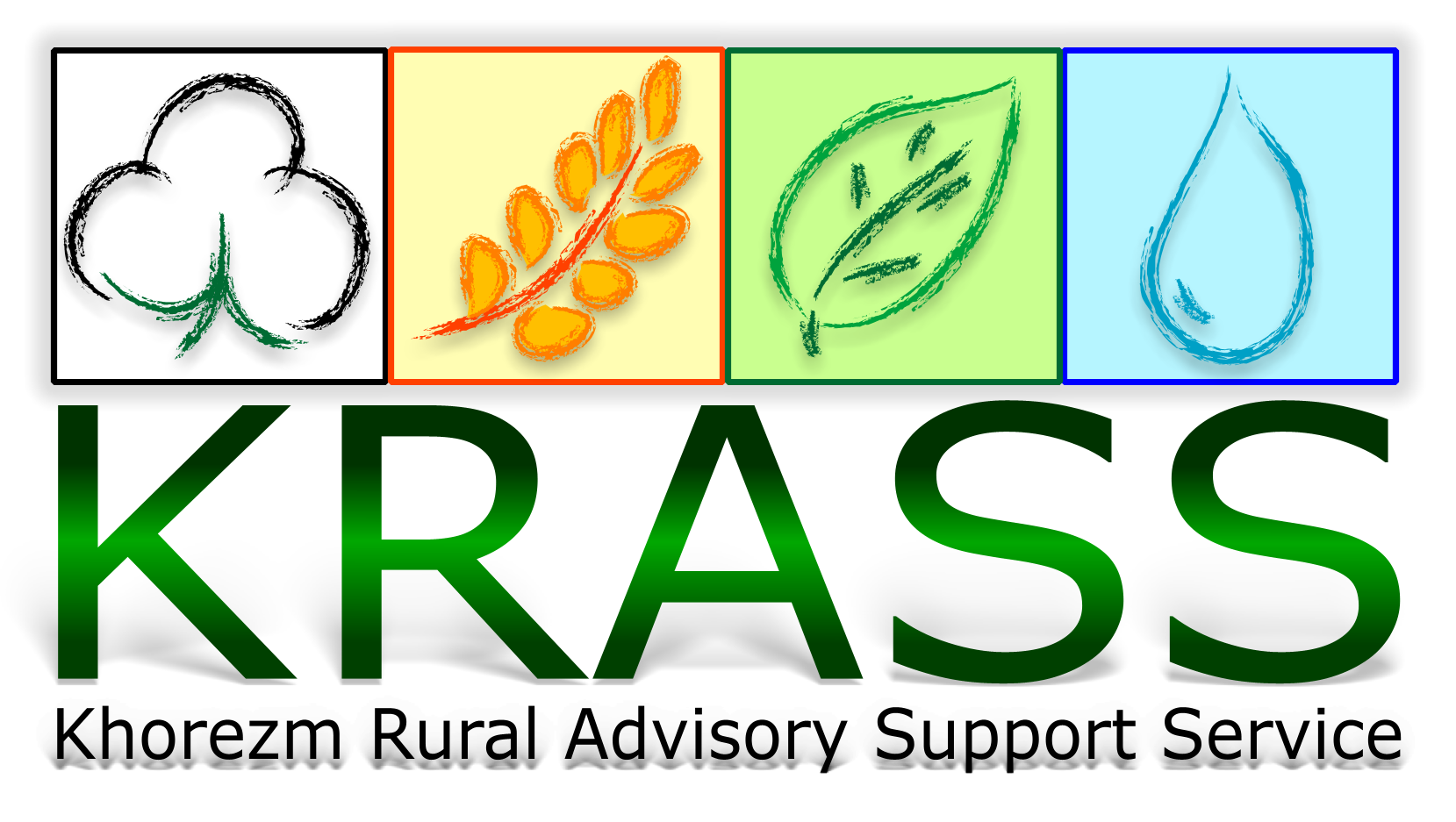Information about Khorezm
Khorezm
Khorezm is a 650,000 ha large administrative district located in the lower reaches of the AmuDarya River in Northwest Uzbekistan and which is part of the Aral Sea Basin.
Khorezm is located between 41°08' till 41°59' N latitude and 60°03' till 61°24' E longitude.
The soils of the area originate from alluvial deposits, are heterogeneously stratified and dominated by clayey, loamy and sandy-loamy textures.
Although one of the smallest administrative regions in the Republic of Uzbekistan, the total length of paved roads is 2,300 kilometers, with about 2,000 km main roads.
Khorezm region is connected by railroad with the European part of Russia and the Caucasus: the total length of railroads of Khorezm Region exceeds 130 kilometers.
Regular air flights connect Khorezm with the outside world.
Climate
The Khorezm region experiences a continental climate with pronounced fluctuations in light intensity, day-length and temperature between seasons.
Mean annual air temperature is 13°C, but daily summer maximums may reach +45°C whilst winter daily minimums may become as low as -28°C.
The 80-100 mm long-term annual precipitation falls mainly during the fall-winter period and is by far exceeded by an evapotranspiration of 1,400-1,600 mm year-1.
This makes cultivation of about 270,000 ha of arable land feasible through irrigation only. Khorezm is home to 1.5 million people, 70% of them living in rural area.
History
The Khorezm region is divided into 10 administrative districts and has the capital Urgench serving as the administrative center.
Urgench has about 135,000 inhabitants.
Another main city in the region is Khiva, which is the largest center of the international tourism in the region.
In 1997, Khiva City, which is on UNESCO list of world heritages, celebrated its 2500-th anniversary.
Historically, Khorezm was a vital and a vibrant part of the famous Great Silk Road, a trade route, which linked China to the West, where silk went westwards and wool, gold and silver went east.
From the days of the Great Silk Road, Khorezm has served as a crossroads for cultures, trade and ideas, which is mirrored also in the education of the people in this region and later on in the development of the Urgench State University (UrSU).
